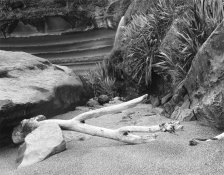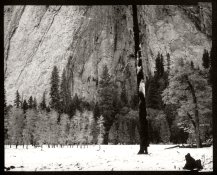cliveh
Subscriber
- Joined
- Oct 9, 2010
- Messages
- 7,643
- Format
- 35mm RF
As I have noticed another post on the gallery suggesting I should crop - kids Rome, I thought it worthy of a new post. When framing with a rangefinder, perhaps you see something below the brightline finders you wish to exclude, in preference to excluding part of the image at the top. In this case, if what appears at the top is not helping the content or composition, then perhaps the solution (as suggested) is to crop at the printing stage. However, (I feel) this destroys your moment of realisation within the frame finders. Do some understand what I am trying to say?






